Destruction of Floodplain Forests. Boom Gorge
Coordinates: 42.506805, 75.831476
The mountain forests of the Tien Shan have a significant impact on the water supply of transboundary rivers. Growing on the slopes of mountains and river floodplains, they influence the formation of air masses in the lower layers of the atmosphere, humidity, air and soil temperature, wind patterns, precipitation accumulation, and its distribution across the territory, creating what is known as a mesoclimate. The forests help prevent mudflows, hinder the formation of landslides and snow avalanches in the mountains, and regulate water flow in rivers, making it more uniform throughout the year.
The crisis experienced during the transitional period has sharply exacerbated issues related to the conservation of natural resources. Under the influence of thinning and reduction of mountain and floodplain forest areas, all the aforementioned functions of the forest are drastically altered. These changes affect the mesoclimate, and the forest loses its vital water protection functions. All of this negatively impacts the stability of mountain ecosystems. The degradation of forest vegetation and the associated decrease in precipitation contribute to the reduction of glacier areas. The loss of glaciers will lead to a decrease in total surface runoff. Surface and groundwater in the basins of the transboundary rivers Chu, Talas, and Syr Darya are closely and complexly interconnected. The main source of groundwater formation is the filtration losses of river runoff from numerous tributaries flowing down from the mountain surroundings. The largest freshwater groundwater deposits are located in river valleys, which serve as a source of drinking water supply for all the settlements located here. Thus, the thinning and destruction of mountain and floodplain forests lead to a reduction in water resources as a whole. Afforestation of mountain slopes and river floodplains contributes to changes in the mesoclimate, reduces glacier degradation, and overall water resources.
This also leads to the destruction of the soil layer and the extinction of representatives of the animal, plant, and fungal kingdoms. Some of them, by the way, are rare and endangered species listed in the Red Book, such as the otter and the European mink. Their populations directly depend on the condition of floodplain ecosystems. Meanwhile, the floodplain ecosystems are home to a large number of birds that feed and nest there. The destruction of their familiar habitat poses a significant threat. As my colleagues in ecology believe, it is time to create micro-reserves to preserve biodiversity in floodplain ecosystems. Increasing forest cover in watersheds through the creation of forest plantations is one of the solutions to the adaptation problems related to climate change in all river basins of the Tien Shan, where the transboundary rivers Chu, Talas, and Syr Darya originate.
Reference: In mountainous areas, floodplain forests are located along the floodplains and banks of large rivers: Naryn, Chu, Tüp, Talas, Suusamyr, Jergalan, Jazy, and many small rivers. The species composition of floodplain forests depends on their adaptation to environmental conditions and the competitive relationships among tree and shrub species. The main functions of floodplain forests are bank stabilization. In the mountains, along the banks, floodplains, and deltas of rivers, tree and shrub vegetation grows in the form of intermittent narrow forest strips, often forming tugai forests of black poplar (Populus nigra), turanga (Populus diversifolia), white willow (Salix alba), birch (Betula), sea buckthorn (Hippophae rhamnoides), and others.
The mountain forests of the Tien Shan have a significant impact on the water supply of transboundary rivers. Growing on the slopes of mountains and river floodplains, they influence the formation of air masses in the lower layers of the atmosphere, humidity, air and soil temperature, wind patterns, precipitation accumulation, and its distribution across the territory, creating what is known as a mesoclimate. The forests help prevent mudflows, hinder the formation of landslides and snow avalanches in the mountains, and regulate water flow in rivers, making it more uniform throughout the year.
The crisis experienced during the transitional period has sharply exacerbated issues related to the conservation of natural resources. Under the influence of thinning and reduction of mountain and floodplain forest areas, all the aforementioned functions of the forest are drastically altered. These changes affect the mesoclimate, and the forest loses its vital water protection functions. All of this negatively impacts the stability of mountain ecosystems. The degradation of forest vegetation and the associated decrease in precipitation contribute to the reduction of glacier areas. The loss of glaciers will lead to a decrease in total surface runoff. Surface and groundwater in the basins of the transboundary rivers Chu, Talas, and Syr Darya are closely and complexly interconnected. The main source of groundwater formation is the filtration losses of river runoff from numerous tributaries flowing down from the mountain surroundings. The largest freshwater groundwater deposits are located in river valleys, which serve as a source of drinking water supply for all the settlements located here. Thus, the thinning and destruction of mountain and floodplain forests lead to a reduction in water resources as a whole. Afforestation of mountain slopes and river floodplains contributes to changes in the mesoclimate, reduces glacier degradation, and overall water resources.
This also leads to the destruction of the soil layer and the extinction of representatives of the animal, plant, and fungal kingdoms. Some of them, by the way, are rare and endangered species listed in the Red Book, such as the otter and the European mink. Their populations directly depend on the condition of floodplain ecosystems. Meanwhile, the floodplain ecosystems are home to a large number of birds that feed and nest there. The destruction of their familiar habitat poses a significant threat. As my colleagues in ecology believe, it is time to create micro-reserves to preserve biodiversity in floodplain ecosystems. Increasing forest cover in watersheds through the creation of forest plantations is one of the solutions to the adaptation problems related to climate change in all river basins of the Tien Shan, where the transboundary rivers Chu, Talas, and Syr Darya originate.
Reference: In mountainous areas, floodplain forests are located along the floodplains and banks of large rivers: Naryn, Chu, Tüp, Talas, Suusamyr, Jergalan, Jazy, and many small rivers. The species composition of floodplain forests depends on their adaptation to environmental conditions and the competitive relationships among tree and shrub species. The main functions of floodplain forests are bank stabilization. In the mountains, along the banks, floodplains, and deltas of rivers, tree and shrub vegetation grows in the form of intermittent narrow forest strips, often forming tugai forests of black poplar (Populus nigra), turanga (Populus diversifolia), white willow (Salix alba), birch (Betula), sea buckthorn (Hippophae rhamnoides), and others.

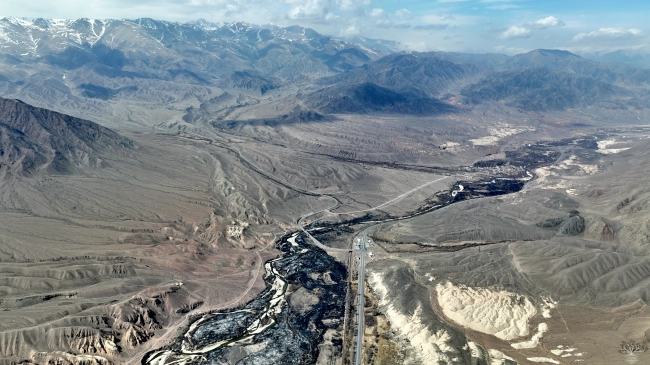

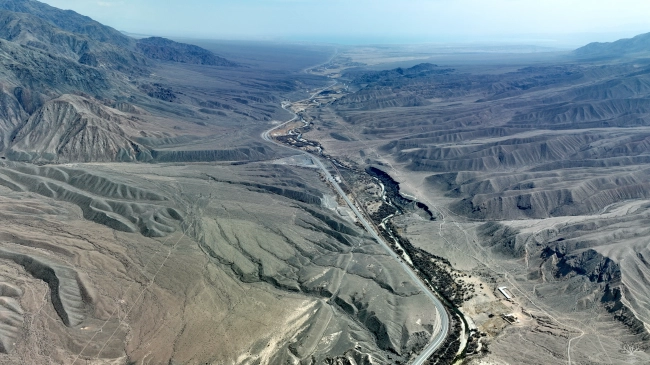
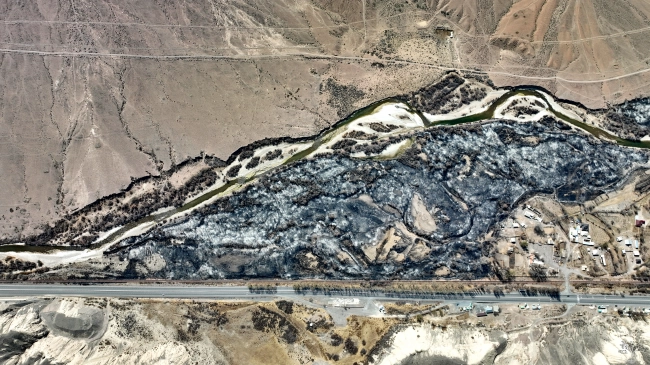
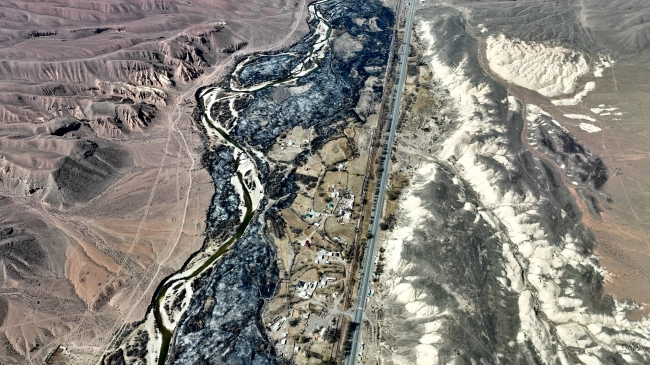

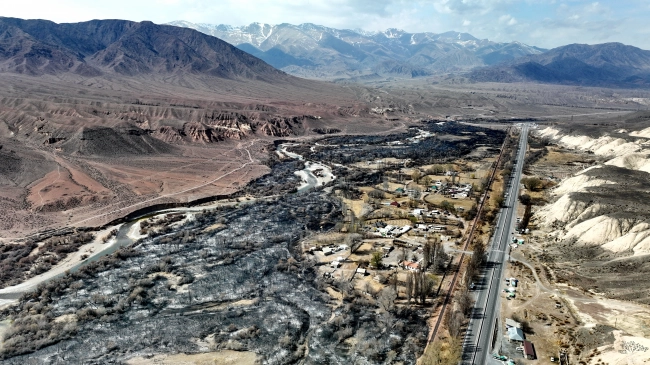

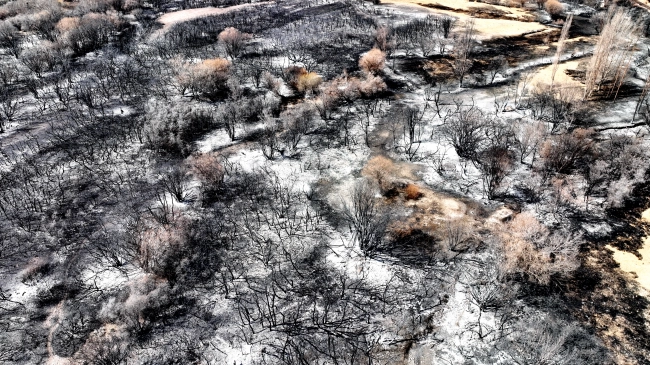
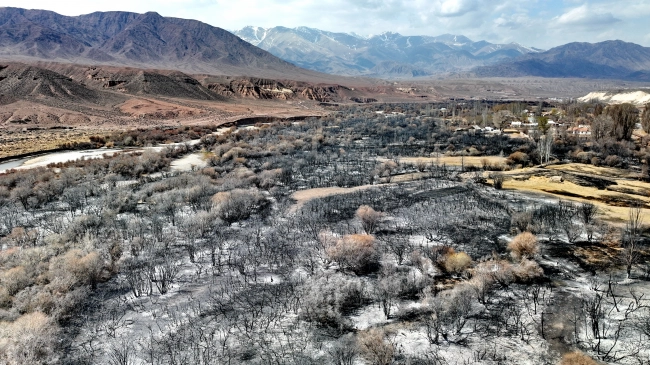
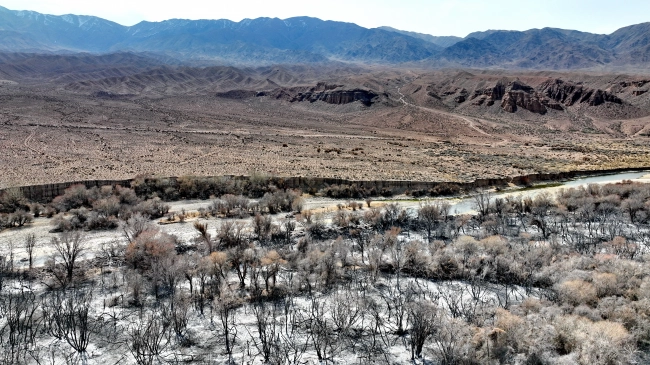
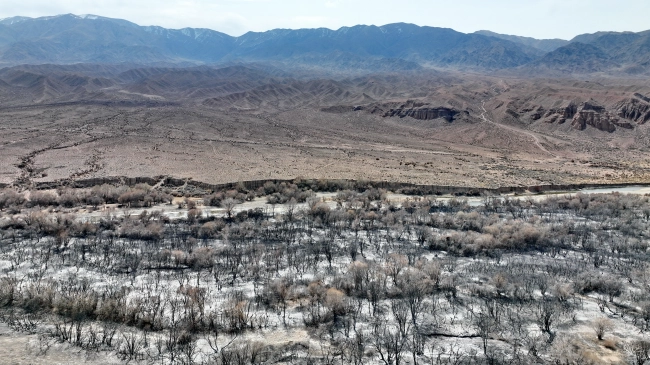
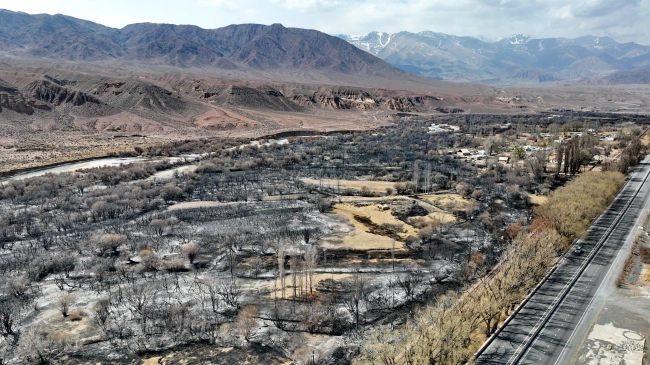
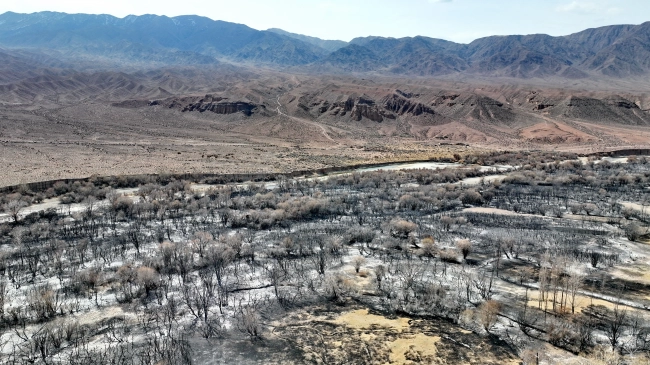
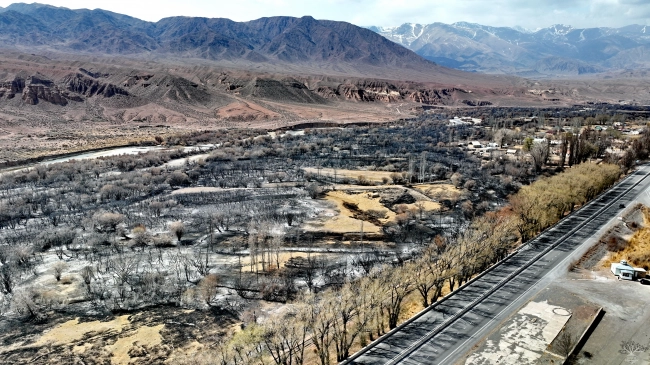
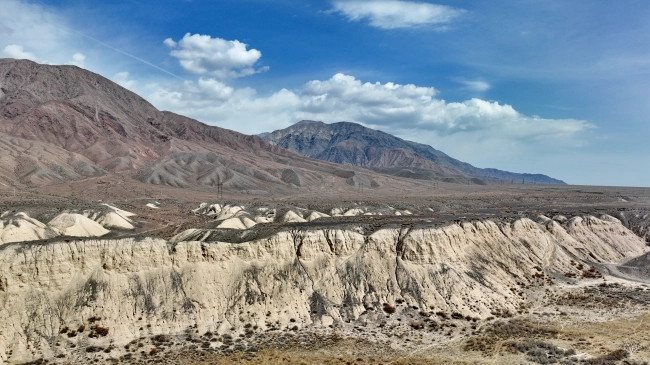


















Attention: Information based on submitted complaints